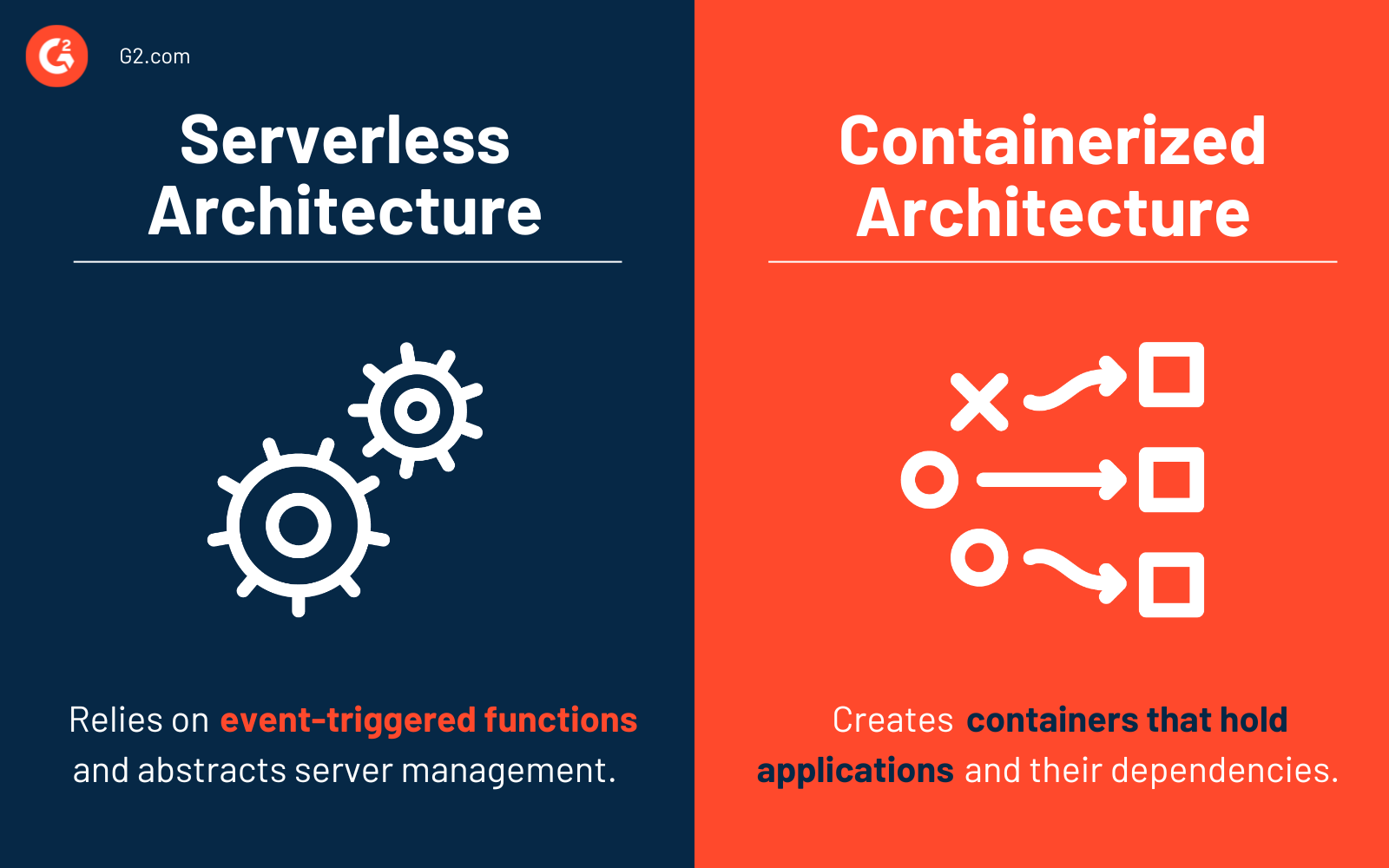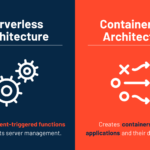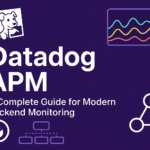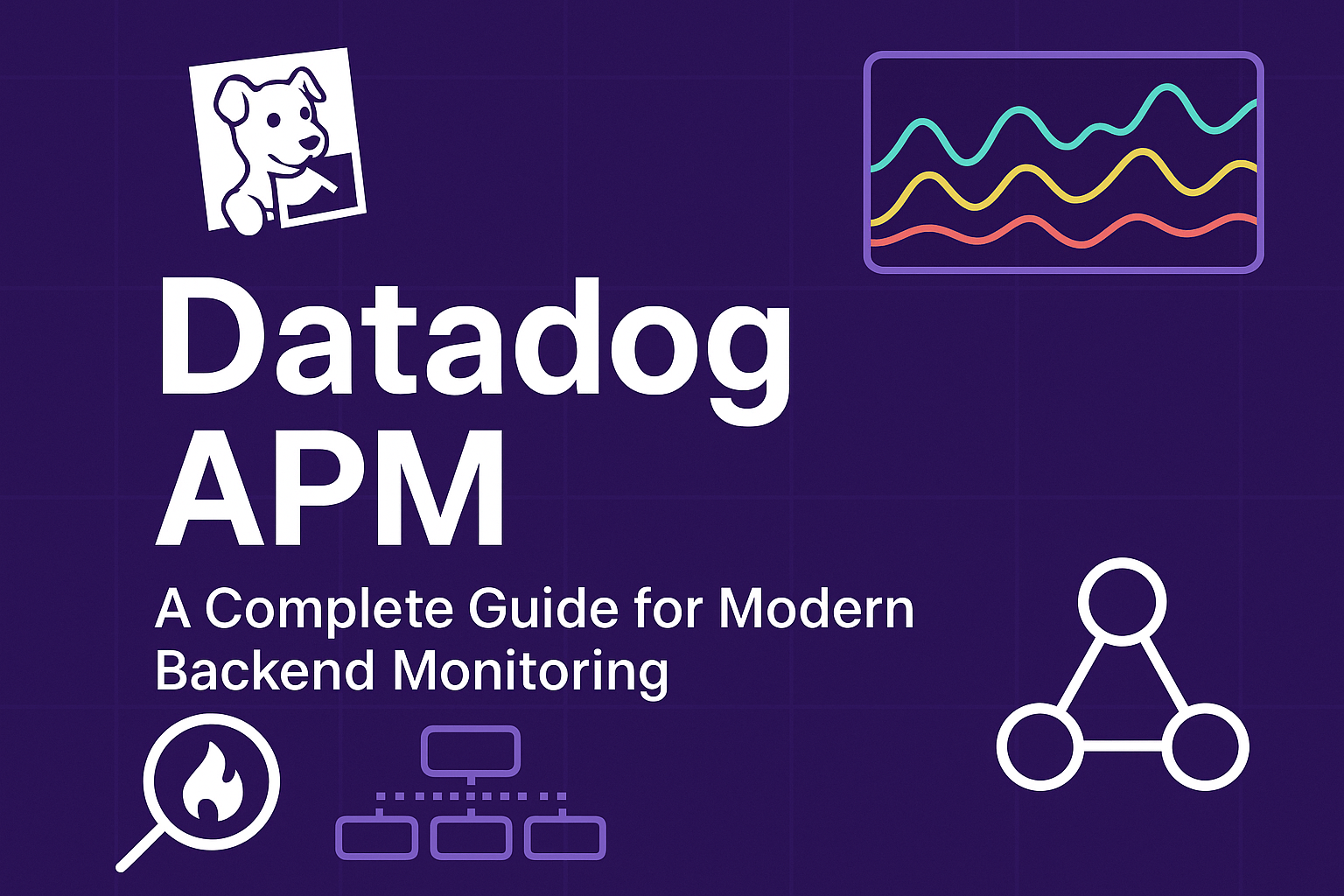Trying to decide between serverless and containers in 2025? This guide compares the benefits, drawbacks, and use cases to help you choose the best solution for your project.
What Is Serverless Architecture ?
Serverless doesn’t mean there’s no server—it just means you don’t manage it. In serverless, the cloud provider (like AWS, Azure, or GCP) dynamically allocates resources and runs your code in response to events.
Popular serverless platforms in 2025:
- AWS Lambda
- Google Cloud Functions
- Azure Functions
- Vercel / Netlify Functions
Key trait: You’re billed per execution, not for uptime.
Example : You write a function to resize images and deploy it on AWS Lambda. It only runs when an image is uploaded—no idle cost.
What Are Containers ?
Containers (like Docker) package your code and dependencies into isolated, portable units. They’re managed on platforms like:
- Kubernetes (K8s)
- AWS ECS/EKS
- Docker Swarm
- Azure Kubernetes Service (AKS)
Key trait: You control the environment, OS, runtime, and scaling strategy.
Example : You deploy a microservice-based app with multiple containers using Kubernetes and scale based on CPU usage.
Serverless vs Containers: Key Differences
| Feature | Serverless | Containers |
|---|---|---|
| Resource Mgmt | Auto-scaled by provider | Configured by user or orchestrator |
| Billing | Pay-per-execution | Pay for running instances |
| Startup Time | Cold starts may occur | More predictable startup |
| Flexibility | Limited runtimes | Full control over environment |
| Use Cases | Lightweight APIs, triggers | Web apps, microservices |
| Dev Experience | Easy for simple services | Scales well for complex systems |
| Monitoring | Limited out-of-the-box options | Full observability with tools |
Pros and Cons of Serverless
✅ Pros
- Automatically scales with no setup
- Reduces costs for low-traffic apps
- Speeds up deployment and testing
- Perfect for background jobs or webhooks
❌ Cons
- Cold starts can delay response times
- Execution time and memory are limited
- Debugging and logging can be difficult
- Vendor-specific limitations and lock-in
Pros and Cons of Containers
✅ Pros
- Total control over runtime and OS
- Great for legacy or custom apps
- Easier to debug, test, and simulate locally
- Works well with CI/CD pipelines
- Strong community and ecosystem
❌ Cons
- Needs orchestration (Kubernetes, etc.)
- Higher DevOps learning curve
- More infrastructure maintenance
- Costlier at low scale compared to serverless
Use Cases: When to Use Serverless or Containers
Choose Serverless if:
- You’re building a small API or webhook
- You want to go from zero to deployed in minutes
- Your traffic is infrequent or bursty
- You want zero ops overhead
- You’re building an event-driven workflow
Choose Containers if:
- You’re building a complex application
- You need custom runtimes or native libraries
- You want long-running processes or background workers
- You need full control over infrastructure
- You’re handling high, predictable traffi
Serverless vs Containers Performance
- Cold Start Time: Serverless may suffer ~100ms–1s cold starts (esp. on non-Node runtimes). Containers don’t.
- Throughput: Containers handle high concurrency better (especially with optimized configs).
- Latency: Containers are more predictable, while serverless depends on warm/cold state.
- Cost: Serverless wins for sporadic tasks. Containers win for consistent workloads.
2025 Trends: What’s Changing
In 2025, the gap is narrowing. Here’s what’s new:
- Serverless containers (e.g., AWS Fargate, Cloud Run) offer best of both worlds.
- Cold start optimizations are improving (SnapStart on AWS Lambda).
- Kubernetes is now easier to manage via Karpenter and serverless K8s.
- Dev-first platforms like Vercel and Railway blur the line between serverless and containers.
Hybrid architectures (e.g., event-driven APIs in Lambda + long-running tasks in K8s) are becoming the norm.
Conclusion: Which Should You Choose?
There’s no one-size-fits-all. Use this rule of thumb:
- ✅ Go Serverless for simple, event-based logic, fast iterations, or low-traffic services.
- ✅ Go Containers when you need control, consistency, or are running at scale.
In 2025, a hybrid approach often wins: serverless for front-facing endpoints and containers for backend services.
🧠 Pro tip: Start with serverless for MVPs or microservices. As your app scales or needs grow, migrate critical parts to containers.
💬 Related Posts:
Is serverless cheaper than containers ?
Yes, for infrequent or bursty workloads, serverless is usually cheaper. For consistent or high-throughput apps, containers may be more cost-effective.








